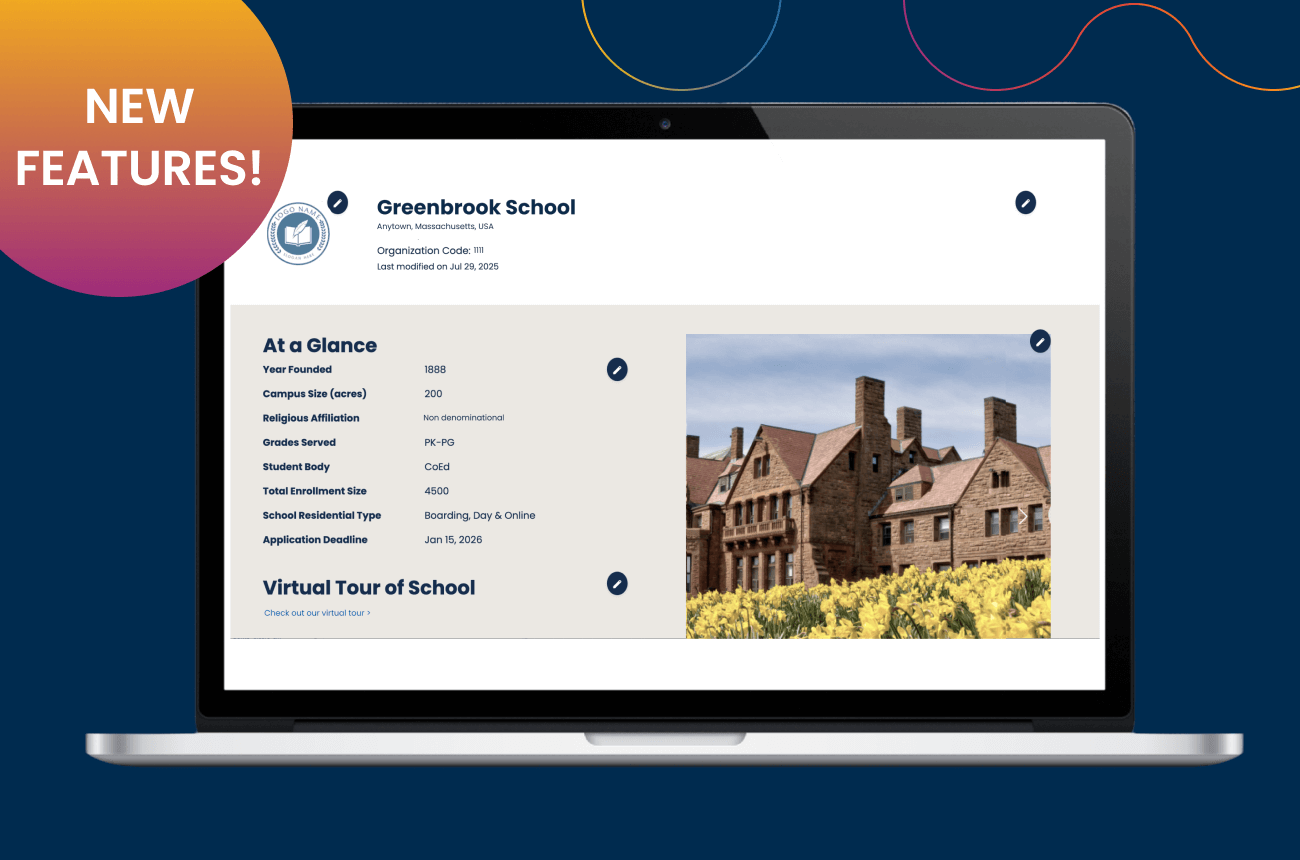Yield Prediction – The Science and Art of this Moving Target

Over the years I have had the opportunity to chat with many in admissions on topics of mutual interest. The one that seems to confound us the most - and continues to elude a precise approach and definition - is yield prediction. I suppose, however, that there should be no surprise in that reality.
We all work in different schools where the definition of a mission-appropriate student differs, and we all have our own unique and ever-evolving pressures in the admission process. One reality that I think is universal, however, is the desire to, as accurately as possible, predict the number of families that will accept and/or decline an offer of admission.
For those that admit on a rolling basis, yield outcomes come over time and not all at once, as they may for a school with a predetermined offer date on which all initial offers are made. For both, however, there are a few indicators that can lead us to a greater understanding of the likely outcome of any offer.
The most difficult yield predictions will be made when there is no flexibility with grade or class size. The more flexibility you have with your numbers, the more flexibility you have with the precision of your yield predictions.
Your start therefore with science, and you fine tune with art.
There are two main points of science to remember. First, your starting point for the number of offers to make is found in the analysis of past outcomes and statistical realities. The second is that this will not be the same from year to year. A five-year trend is a nice period of time on which to base this process. Some may feel that the attributes that impact decisions in your market change quite quickly, so a three-year trend analysis may be more applicable.
The absence of a statistical starting point will invite inaccuracies that will lead to under- or over-enrolment. Collecting this data is not hard, but it must be intentional and constant. If your school does not currently collect this data – you must start now.
The art of this process comes in taking the time to apply the knowledge you have accumulated through the interview process with each family. It is this art and the particulars of any one family that will fine-tune the actual number of offers that will be made.
What can influence the likelihood that an offer will be accepted?
- Does the applicant have siblings in the school?
- Have they applied to any other schools?
- Where do they live relative to your school and your competitor schools?
- Are they members of clubs that are close to your school?
- What are your competitors doing differently from prior year(s)?
- What is the current feeling about your own school from your current families?
- From what school have they applied and what is the historical matriculation rate for that school?
- How did they hear about your school?
- Does your school seem to offerings and the type of community they seek?
- What is it that the family values, and does your school share those values?
- Have they expressed a sincere interest in the school?
- How well have we communicated with this family?
In the end, if an admission office makes decisions in the absence of a statistical guide then it is time to change. The days of ‘feeling’ your way through the process have been replaced with intentional, precise measurements of what influences a decision. To ignore this reality is to invite enrollment issues, and we can each be assured that schools with whom we compete are already applying these more precise measures.
Resources
The Psychology of the Wait List A presentation by John Deveaux, Westminster School, and Fran Ryan, Rumsey Hall School, at the 2011 SSATB Annual Meeting
Solidify Retention and Increase Yield by Defining Your Unique Brand A presentation by Lisa McGuire, King's Ridge Christian School, GA, at the 2010 SSATB Annual Meeting
"The Waiting Game", by Brenda Stockdale, Independent School magazine, Winter, 2010
"The Trustee's Role in Enrollment Management; How to Navigate the "New Normal"" by Mark Fader, NAIS e-Bulletin, Vol.1, Issue 4, October 2011
Applying Data Mining to Predict College Admissions Yield: A Case Study, by Lin Chang, New Directions for Institutional Research, no. 131, Fall 2006




